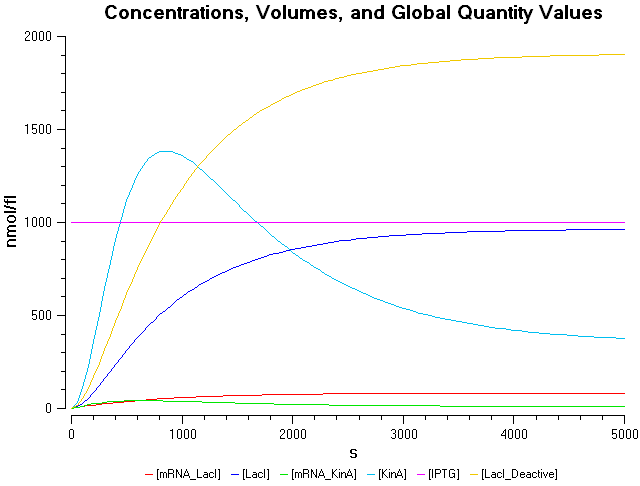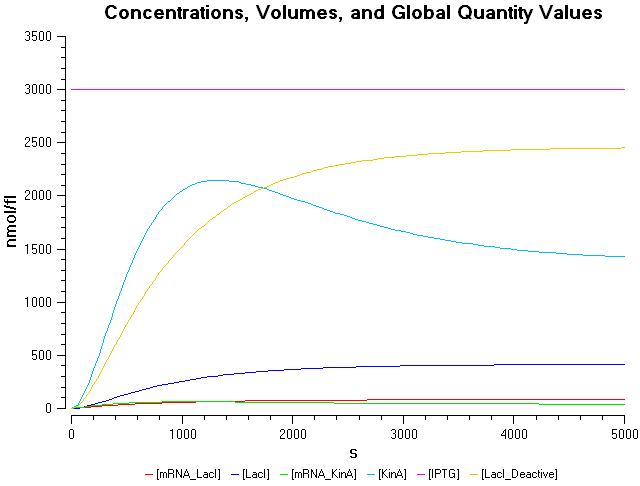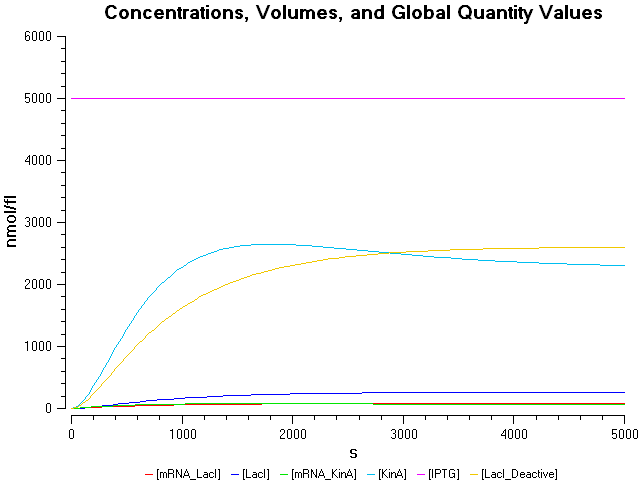Team:Newcastle/SporulationTuning
From 2009.igem.org
(→BioBrick constructs) |
(→BioBrick constructs) |
||
| Line 48: | Line 48: | ||
[[Image:TeamNewcastleBBKinA.jpg|center|500px]] | [[Image:TeamNewcastleBBKinA.jpg|center|500px]] | ||
| + | |||
Click [http://partsregistry.org/wiki/index.php?title=Part:BBa_K174010 ''here''] for more information on this part. | Click [http://partsregistry.org/wiki/index.php?title=Part:BBa_K174010 ''here''] for more information on this part. | ||
| + | |||
'''BBa_K174011''' | '''BBa_K174011''' | ||
| Line 58: | Line 60: | ||
[[Image:TeamNewcastleBBKinAIPTG.jpg|center|500px]] | [[Image:TeamNewcastleBBKinAIPTG.jpg|center|500px]] | ||
| + | |||
Click [http://partsregistry.org/wiki/index.php?title=Part:BBa_K174011 ''here''] for more information on this part. | Click [http://partsregistry.org/wiki/index.php?title=Part:BBa_K174011 ''here''] for more information on this part. | ||
Revision as of 11:06, 16 October 2009
Sporulation Tuning
Introduction
In this section of our project, we hope to control sporulation in our bacterial population, such that we can decide how much of the population becomes spores, and how much continue as vegetative cells. Should the cell sporulate, it would become a ‘metal container’, trapping the sequestered cadmium in its spore.
After the cell sequesters cadmium into its spore, it should not germinate or the sequestered cadmium will be released back into the environment as a result. Therefore, the role of chassis comes into play, where the sleB and cwlJ germination-defective mutants are put into use. More information about this other sub-project of ours can be found here.
In order to control sporulation, our team is proposing the idea of using KinA, a major kinase which provides phosphate input to the phosphorelay, which in turn, activates the sporulation pathway upon starvation via the phosphorylated Spo0A transcription factor,[1] which governs entry into the sporulation pathways of the bacterium Bacillus subtilis.[2]
From our research, we found that phosphatases may be viewed as negative regulators that provide access for negative signals to influence the cell’s decision whether to sporulate or to continue vegetative growth.[3] The competition between signal input provided by the kinases and signal cancellation carried out by the phosphatases determines the decision to sporulate or not,[3] by governing flux through the relay and hence the level of Spo0A~P, which must reach a threshold concentration to trigger sporulation.[2] For our project, we are only attempting to tune the signal input provided by the kinases by the expression of KinA.
Spo0A is also subject to control at the levels of its synthesis and activity by a positive feedback loop in which the response regulator stimulates the synthesis of the RNA polymerase σ factor, σH, which, in turn, stimulates the transcription of the gene for Spo0A, as well as the genes for the phosphorelay components KinA and Spo0F.[2]
Novelty in this sub-project
Instead of allowing the cell to decide whether or not to sporulate, we hope to influence it's decision. We plan to use kinA as a part of this system.
Modelling
KinA Expression Model Results
BioBrick constructs
A BioBrick which we are designing is to contain an IPTG inducable kinA gene, using pSpac, allowing us to test the theory about kinA in the lab.
BBa_K174010
KinA
Length: 1818bp
Click here for more information on this part.
BBa_K174011
IPTG inducable KinA sporulation trigger
Length: 1953bp
Click here for more information on this part.
Lab Work Strategies
The lab work will mainly be to test our BioBrick using IPTG.
Other Presentations and Diagrams
References
[1] Veening, J-W., Smits, W. K., Kuipers, O. P. (2008) Bistability, Epigenetics, and Bet-Hedging in Bacteria. Annu. Rev. Microbiol. 62: 193-210
[2] Fujita, M., Losick, R. (2005) Evidence that Entry into Sporulation in Bacillus subtilis is Governed by a Gradual Increase in the Level and Activity of the Master Regulator Spo0A. 19: 2236–2244
[3] Sonenshein, A.L., Hoch, J.A., Losick, R., (2002) Bacillus subtilis and Its Closest Relatives From Genes to Cells. ASM Press, United States of America. Pp 476–477
News
Events
- 20 – 21 June 2009 - Europe workshop (London)
- 23 – 24 June 2009 - UK iGEM meetup (Edinburgh)
- 23 October Practice Presentation (Newcastle)
- 23 October T-shirts are ready
- 27 October Practice Presentation (Sunderland)
- 27 October Poster is ready
- 30 October – 2 November 2009 - Jamboree (Boston)
Social Net
 "
"






